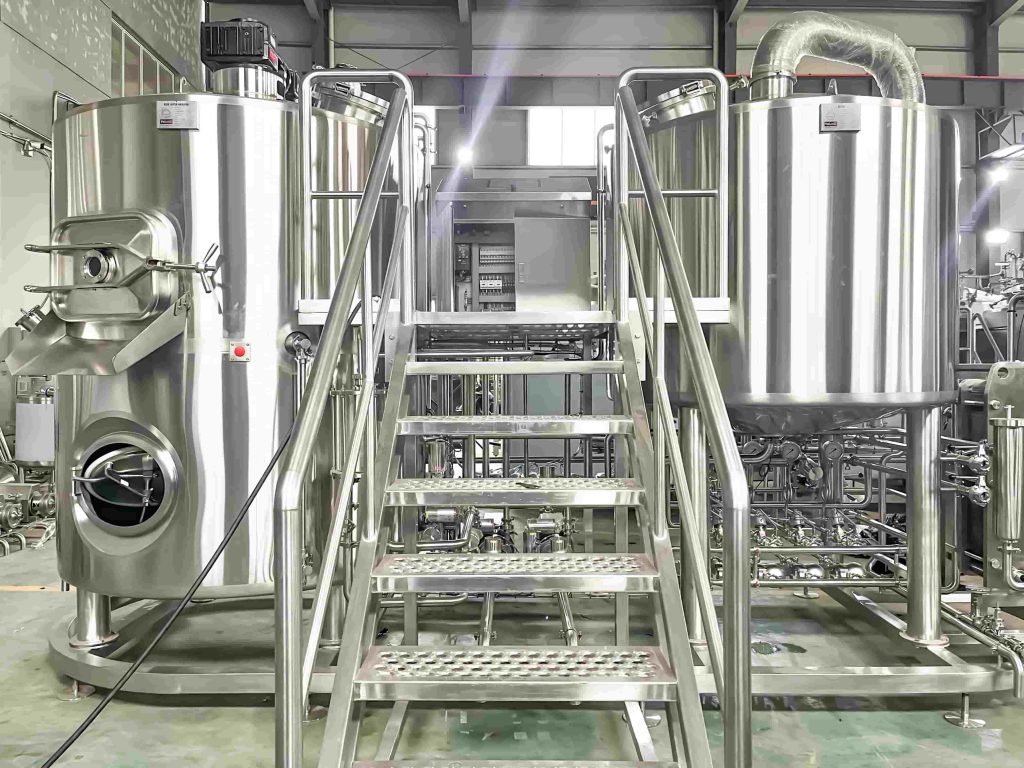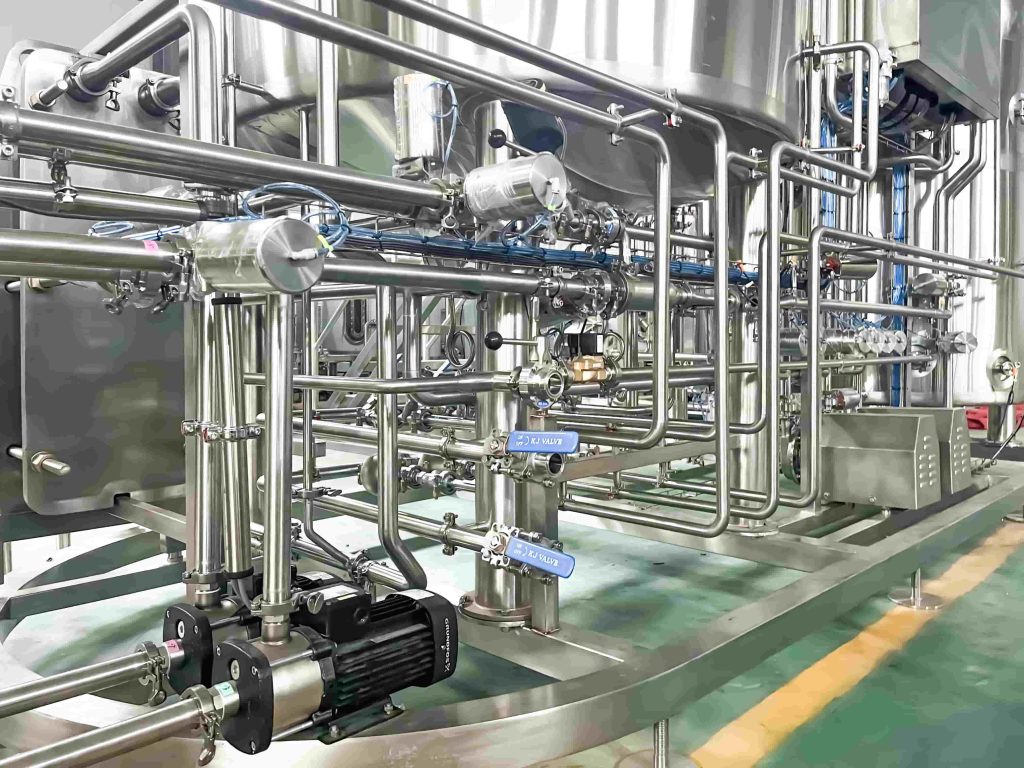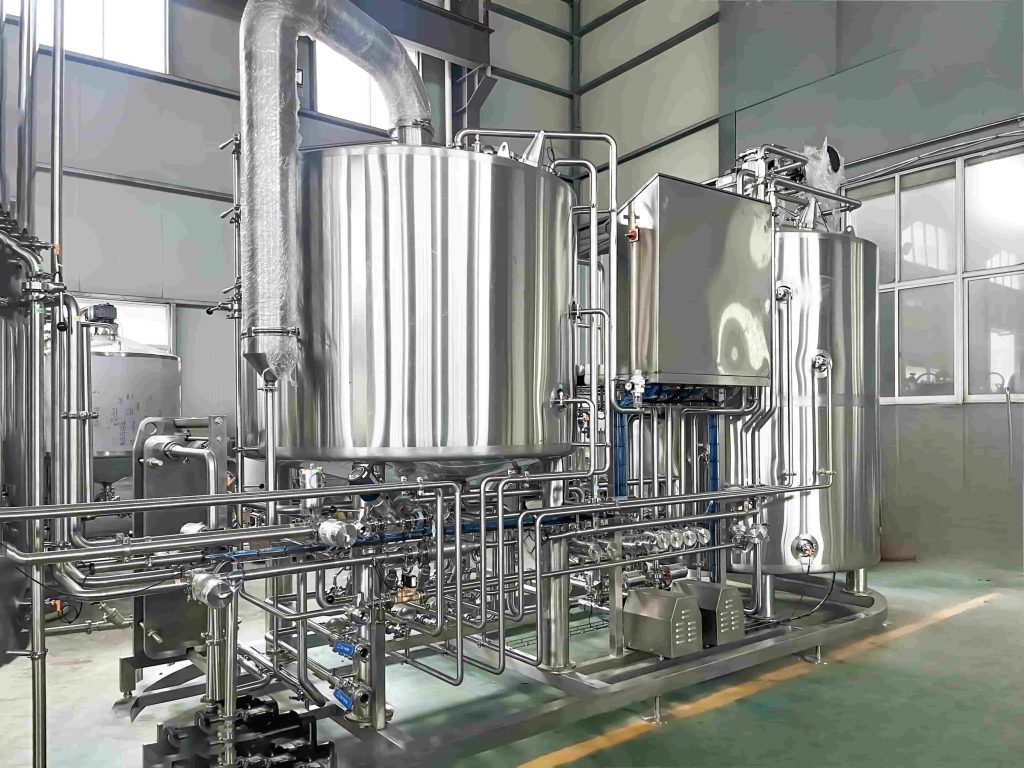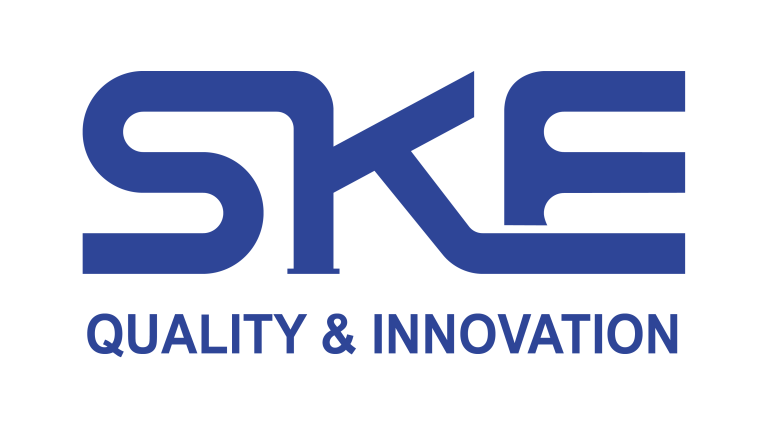
stainless steel beer equipment innovations are redefining brew house performance—and at Drinktec 2025, SKE will showcase how its top-tier vessels, kettles, and fermenters deliver unmatched quality and consistency. Imagine stepping onto the exhibition floor in Munich and seeing gleaming 316L stainless-steel beer equipment that combines precision welding with digital controls—all engineered to elevate your brewery’s output. Intrigued? Let’s dive in.
Table of Contents
1. Why Premium Stainless Steel Beer Equipment Matters
When crafting outstanding beer, the choice of stainless steel beer equipment directly impacts flavor, sanitation, and ROI. High-grade 316L stainless resists corrosion and simplifies cleaning—critical for avoiding off-flavors and microbial growth. At Drinktec 2025, SKE will demonstrate how integrated jacketed jackets, digital PID controls, and hygienic welds ensure every batch meets exacting quality standards.
2. Core Components & SKE’s Advantages
A complete stainless steel beer equipment setup from SKE includes:
Brew Kettle: Steam or electric jacket with ±0.1 °C PID control for precise mash and boil profiles.
Mash/Lauter Tun: Sloped false bottom and anti-channeling design for uniform sugar extraction.
Fermenter: Conical stainless-steel vessels with pressure rating up to 3 bar and automated cooling jackets.
Heat Exchanger: Counterflow wort chillers that preserve yeast health and minimize oxygen pickup.
Control Panel (HMI/SCADA): Central interface to store recipes, monitor temperatures, and automate CIP cycles.
SKE’s stainless steel beer equipment vessels arrive as modular skids—pre-piped and pre-wired—reducing installation time by up to 30 %.

3. Comparing Equipment Styles: A Quick Table
| Component | Standard Capacity | SKE Compact Line | SKE Production Line |
|---|---|---|---|
| Brew Kettle | 200 L – 10 hL | 200 L (±0.1 °C PID) | 1 hL – 20 hL (SCADA) |
| Mash/Lauter Tun | 200 L – 10 hL | False bottom design | Anti-channelling |
| Fermenter | 200 L – 50 hL | Jacketed, 3 bar | Jacketed, 3 bar |
| Heat Exchanger | 4,000 L/h | Plate, 75 % recovery | Plate, 85 % recovery |
| CIP Efficiency | N/A | 90 % | 95 % |
This table highlights how SKE’s stainless steel beer equipment scales from pilot batches to full-scale production—ideal for breweries of any size.
4. Best Practices for Longevity & Hygiene
To maximize the lifespan and maintain the integrity of your stainless steel beer equipment, follow these guidelines:
Automated CIP After Each Batch: Run SKE’s integrated cleaning-in-place cycles to remove wort residues and prevent biofilm formation.
Quarterly Weld Inspections: Verify that all weld seams remain smooth and free of pitting—critical for sanitation.
Monthly Sensor Calibration: Ensure RTDs and pressure transducers remain accurate to ±0.1 °C and ±1 %.
Annual Gasket & Valve Replacement: Replace seals and butterfly valve diaphragms to prevent leaks and ensure optimal CIP performance.
By adhering to these practices, your stainless steel beer equipment will uphold peak performance and hygiene—batch after batch.
5. FAQs: Your Top Equipment Questions
Q1. How do I choose the right stainless steel beer equipment capacity?
A1. Define your average batch size and peak demand; SKE’s pilot skids (200 L–1 hL) suit R&D, while production lines (5 hL–20 hL) match taproom and brewery needs.
Q2. What maintenance schedule is best for stainless-steel vessels?
A2. Automate CIP daily, inspect welds quarterly, calibrate sensors monthly, and replace seals annually for optimal reliability.
Q3. Can I upgrade my legacy brewery with SKE controls?
A3. Yes—SKE offers standalone HMI/SCADA retrofits that integrate with existing kettles and fermenters, delivering modern automation without full replacement.

Investing in quality stainless steel beer equipment sets the stage for consistent, high-quality beer and efficient operations. Have more questions? Share your challenges in the comments or visit SKE at Drinktec 2025 for a live demo of our latest brew house solutions. Let’s elevate your brewing—together!
